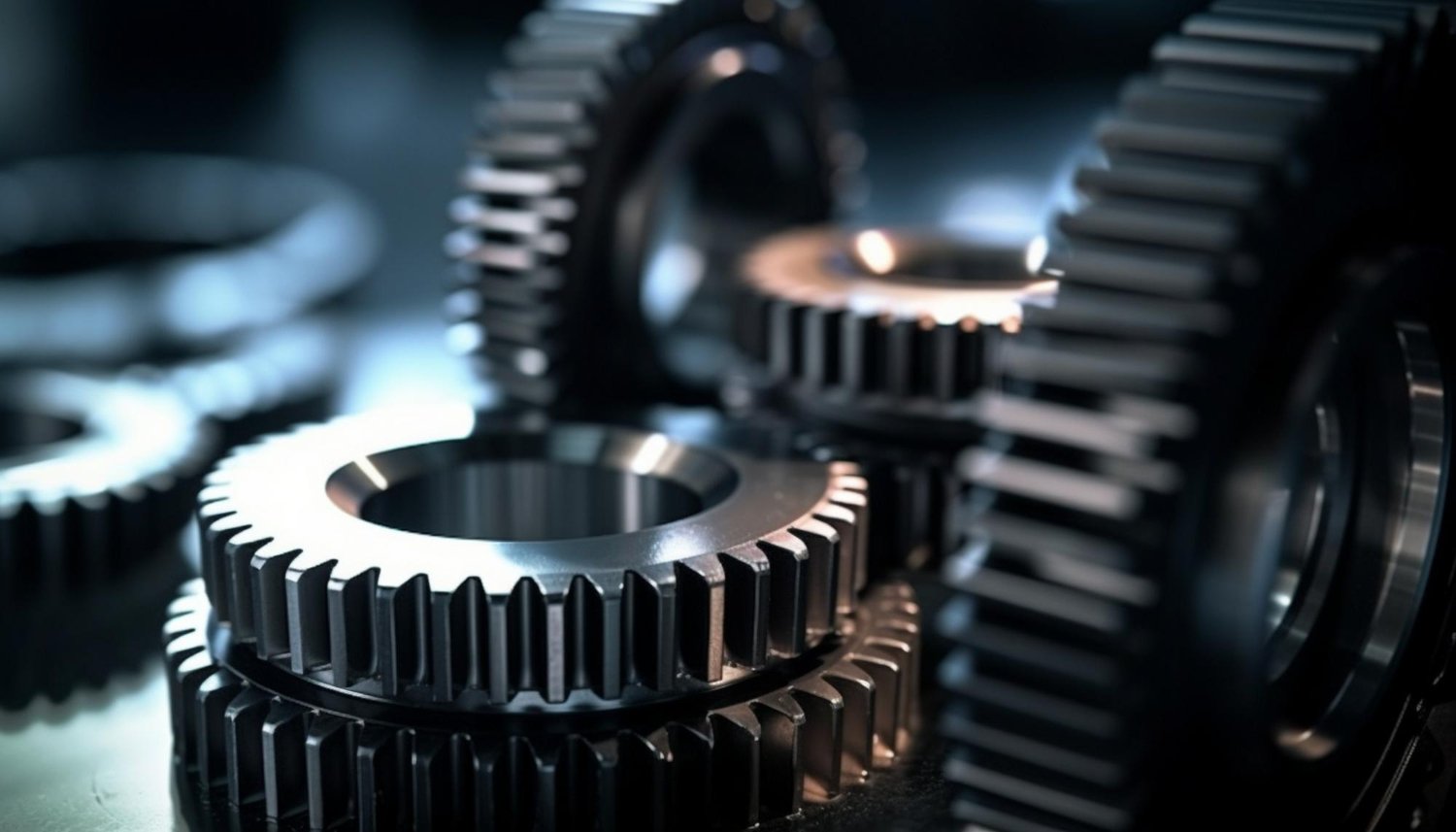
When it comes to gear systems, achieving a perfect balance between functionality and manufacturability is crucial. Design for Manufacturability (DFM) stands as a cornerstone principle, ensuring that gear systems are not only efficient in operation but also seamless to produce. For gear industry professionals, mastering DFM principles is not just advantageous; it’s indispensable.
Design for Manufacturability is the art of creating products that are easy and cost-effective to manufacture without compromising quality or functionality. In the context of gear systems, this involves careful consideration of every aspect of the design, from the choice of materials to the intricacies of machining and assembly processes. There are five principles are examined during a DFM, they include
Precisely, DFM should take place early in the design process, prior to the initiation of tooling. In addition, properly executed DFM needs to include all the stakeholders including engineers, designers, contract manufacturers, moldbuilders and material suppliers.
The process of machining lies at the heart of gear production. By optimising machining processes, manufacturers can significantly enhance both the quality and efficiency of gear fabrication. Utilising Computer-Aided Design (CAD) software enables engineers to design gear geometries with precision, minimising material waste and reducing machining time
Moreover, selecting the appropriate machining techniques, such as milling or grinding, plays a crucial role in ensuring the manufacturability of gear systems. By strategically planning tool paths and minimizing complex features, manufacturers can streamline the machining process and enhance overall productivity.
Efficient assembly is another cornerstone of DFM in gear systems. Complex assembly procedures can not only increase production time but also introduce potential errors and defects. Designing gear components with ease of assembly in mind can mitigate these challenges and optimise the manufacturing workflow.
Implementing standardised interfaces and modular designs helps simplify assembly processes, enabling gear components to seamlessly integrate. Additionally, leveraging advanced assembly techniques, such as automation and robotics, further enhances efficiency while ensuring consistent quality across production batches.
Cost-effectiveness is a key consideration in any manufacturing endeavour. By integrating DFM principles into gear system design, manufacturers can achieve significant cost savings throughout the production lifecycle. Minimizing material waste, reducing machining time, and streamlining assembly processes all contribute to lowering overall manufacturing costs.
Furthermore, optimising design features to use standardised components and materials can further enhance cost-effectiveness by reducing procurement expenses and simplifying inventory management.
Design for Manufacturability (DFM) stands as a girandole guiding gear industry professionals toward excellence in production. Through the meticulous application of DFM principles, manufacturers can transcend traditional boundaries, achieving exceptional levels of efficiency, quality, and cost-effectiveness in gear system fabrication.
By optimising machining processes, engineers can harness the power of precision design and advanced techniques to minimise waste and maximise productivity. Simultaneously, streamlining assembly procedures ensures seamless integration of gear components, thereby reducing production time and minimising errors.
Furthermore, embracing cost-effectiveness through strategic design choices enables manufacturers to drive down expenses while maintaining uncompromising quality standards.
As the gear industry evolves, those who embrace DFM will emerge as pioneers, leading the charge toward a future where innovation and efficiency converge seamlessly. By prioritising manufacturability from the outset of the design process, gear professionals can not only meet but exceed the demands of a competitive market landscape, delivering products that redefine excellence in function and form.
Therefore, DFM is not just a methodology; it’s a mindset—an unwavering commitment to excellence that propels the gear industry forward into new realms of possibility. As we continue to push the boundaries of innovation, let us remember that the journey toward mastery of Design for Manufacturability is not just about optimizing processes—it’s about shaping the future of manufacturing itself. Landscape, delivering superior products with unmatched efficiency and reliability.